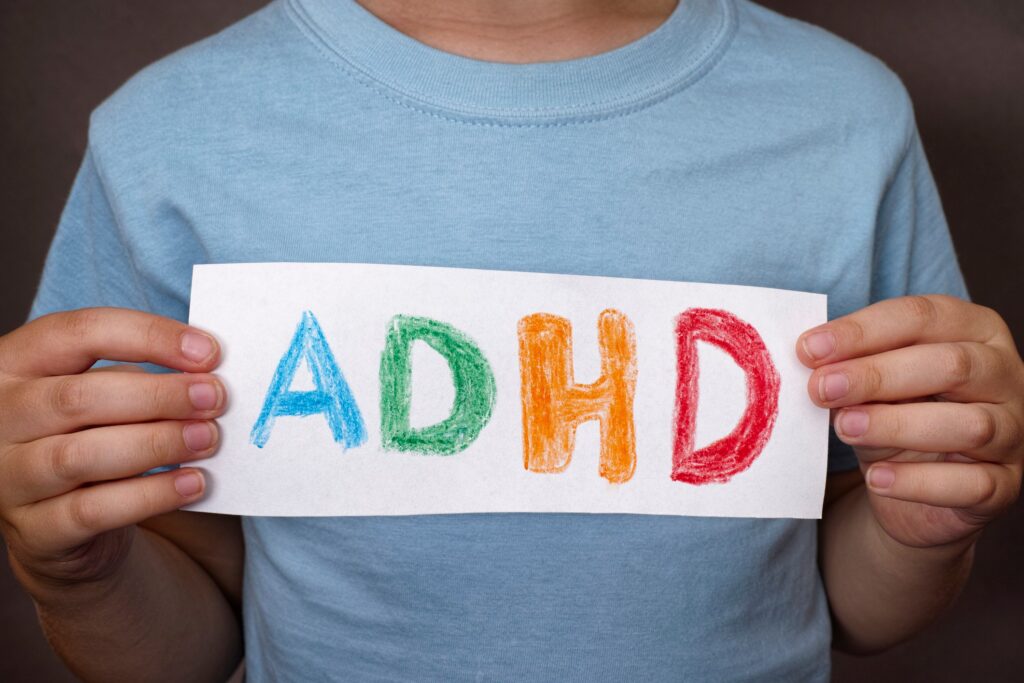Attention Deficit Hyperactivity Disorder (ADHD) is a neurodevelopmental disorder that affects millions of people worldwide. In today’s fast-paced and technology-driven world, the prevalence of ADHD has only increased, making it crucial to understand and address this condition effectively. In this blog post, we’ll discuss what ADHD is, its symptoms, causes, and impact on individuals, as well as the current state of ADHD management and treatment options available.
What is ADHD?
ADHD is a disorder that affects an individual’s ability to focus, concentrate, and control impulsive behavior. It can present in three subtypes: predominantly inattentive, predominantly hyperactive-impulsive, and combined inattentive and hyperactive-impulsive. Individuals with ADHD often experience difficulties in completing tasks, paying attention, following instructions, and controlling impulsiveness, which can have a significant impact on their daily lives.
Symptoms of ADHD
The symptoms of ADHD can vary depending on the subtype, age, and environment of the individual. However, some common symptoms include:
- Inattention: difficulty paying attention, easily distracted, forgetful, and disorganized.
- Hyperactivity: fidgetiness, restlessness, inability to sit still, and excessive talking.
- Impulsiveness: acting without thinking, interrupting others, and taking unnecessary risks.
Causes of ADHD
The exact cause of ADHD is not fully understood, but research suggests that it may be due to a combination of genetic and environmental factors. Some studies suggest that ADHD may be caused by a deficiency in certain neurotransmitters, such as dopamine and norepinephrine, which are responsible for regulating attention and behavior. Additionally, environmental factors, such as exposure to toxins, alcohol, or drugs during pregnancy, may also play a role in the development of ADHD.
Impact of ADHD on individuals and society
ADHD can have a significant impact on the daily lives of individuals, affecting their education, relationships, and employment. Individuals with ADHD may struggle with completing tasks, following instructions, and controlling impulsiveness, leading to difficulties in school, at work, and in personal relationships. Additionally, ADHD can also lead to low self-esteem, anxiety, and depression.
In society, ADHD can contribute to stigma, discrimination, and misunderstanding, which can make it difficult for individuals with ADHD to access the support and resources they need. Moreover, the cost of treating and managing ADHD can also be significant, both in terms of financial resources and lost productivity.
The current state of ADHD management and treatment options
ADHD is a chronic condition that requires ongoing management and treatment. Currently, the main approaches to treating ADHD include medication, behavioral therapy, and lifestyle changes. Medication, such as stimulants, can help improve focus, concentration, and impulsiveness, but it is not a cure for ADHD and does not address the underlying causes of the disorder. Behavioral therapy, on the other hand, can help individuals with ADHD develop coping skills and improve their self-esteem and relationships. Lifestyle changes, such as exercise, sleep, and diet, can also play a significant role in managing ADHD symptoms and improving overall well-being.
Conclusion
In today’s world, ADHD has become increasingly prevalent, affecting millions of individuals and their families. While advances have been made in our understanding of ADHD and the treatments available, there is still much work to be done to improve the lives of individuals with ADHD and to dispel the stigma and discrimination associated with the condition. By increasing awareness and understanding of ADHD, we can help individuals with ADHD receive the support and resources they need to succeed and thrive.

